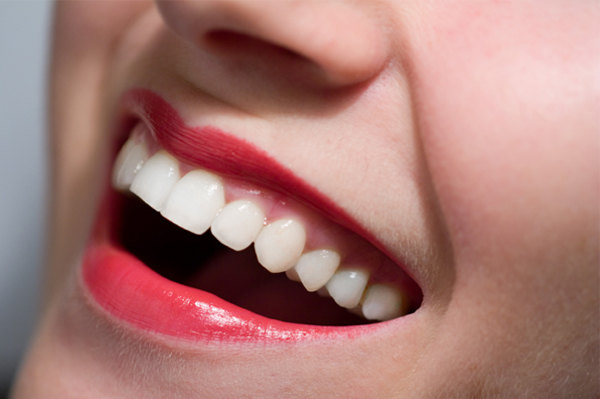Who does not want to have straight and perfectly aligned teeth? Teeth straightening have become quite a common thing these days as no one wants their smile to be bad. An increasing number of people are visiting the cosmetic dentists in order to get their teeth white and straight. With time, the techniques of teeth straightening have changed and new methods have evolved, making it more popular.
Why do you need to have straightening treatment?
Our smile can be considered as one of the most important features of our face. It reflects the confidence and attitude of the person, both in the personal and professional lives. Having straight teeth can give an overall pleasing smile and because of this people love to have white and straight teeth. If you do not have a perfect smile, it can affect the way you carry yourself around people and it will definitely affect other people. Crooked and bent teeth can also result in low self confidence. But for all such people suffering from this problem there is real good news. In the present time, there are lots of treatments available which you can opt for to get the perfect set of straight teeth.
Different kinds of teeth straightening treatments
• When you are thinking of how to get straight teeth, the first thing that comes to your mind is the ugly braces. But with the development of technology in the recent years, there have been a large range of new and innovative treatments that has come into the market. The most common and popular techniques are the invisalign invisible braces, Inman aligner, Six Month Smiles and the Damon braces.
• The Damon braces use state of the art technology to move the teeth gradually, but painlessly. The braces are discreet and fine and the brackets being made with tooth coloured material, looks much more subtle than those metal braces.
• The invisalign braces have become popular these are completely invisible from other people's view. It involves a series of clear aligners and these are worn for two weeks at a time and then they are replaced with the next one in line. Nobody will even come to know that you were wearing braces.
• Minor orthodontic problems can be cured by the Six Month Smiles as the results from this technique are really very quick. Within six months, you are going to notice a huge difference in your alignment. The Inman aligner is kind of a removable device and it just takes a few weeks to straighten the teeth.
While you are looking out for Teeth straightening, you also need to consider the cost of the treatment. The cost depends on various factors. There are dentists who offer consultation services in affordable rates and you can visit them in order to talk about various treatments and they can guide you to choose the best option. You may also need a general dental treatment before starting your orthodontic treatment.
If you have always dreamed of having a smile that is filled with beautiful and straight teeth and searching for easy process to straight teeth then your search is over. Smilelign offer teeth straightening with nearly invisible braces.


